Eurozone PMI Manufacturing is finalized at 51.8 in July, up from April’s 47.4. It’s also the first growth reading in a year-and-a-half with demand continued to recovery with further easing of coronavirus restrictions. Growth was widespread too, with all market groups registering above 50 readings.
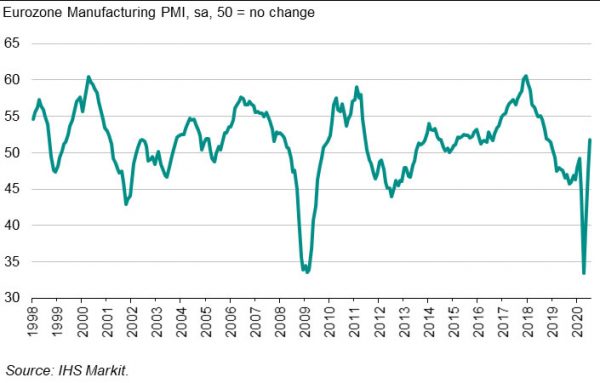
Looking at some member states, Spain hit 27-month at 53.5. Austria hit 19-month high 52.8. France hit 22-month high at 52.4. Italy hit 25-month high at 51.9. Germany also hit 19-month high at 51.0. But Greece and the Netherlands stayed in contraction at 48.6 and 47.9 respectively.
Chris Williamson, Chief Business Economist at IHS Markit said: “Eurozone factories reported a very positive start to the third quarter, with production growing at the fastest rate for over two years, fuelled by an encouraging surge in demand. Growth of new orders in fact outpaced production, hinting strongly that August should see further output gains…
“Increased unemployment, job insecurity, second waves of virus infections and ongoing social distancing measures will inevitably restrain the recovery. The next few months numbers will therefore be all important in assessing whether the recent uplift in demand can be sustained, helping firms recover lost production and alleviating some of the need for further cost cutting going forward.”
Full release here.




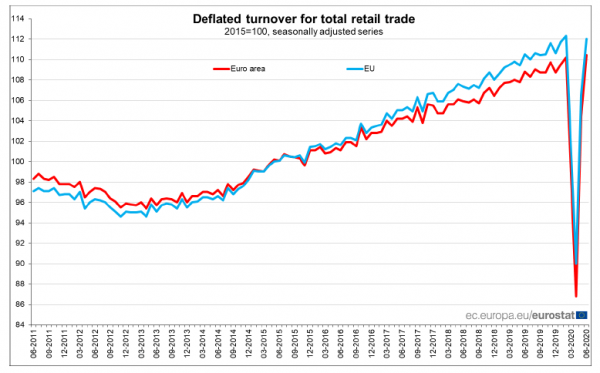
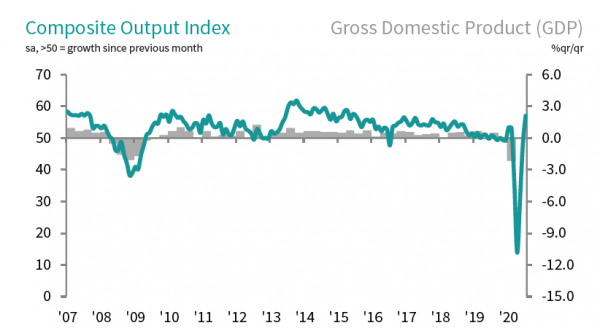
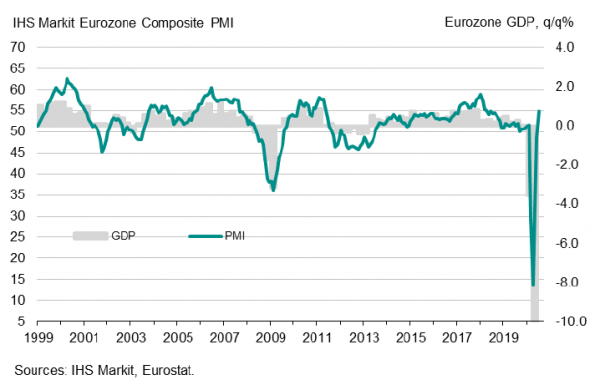
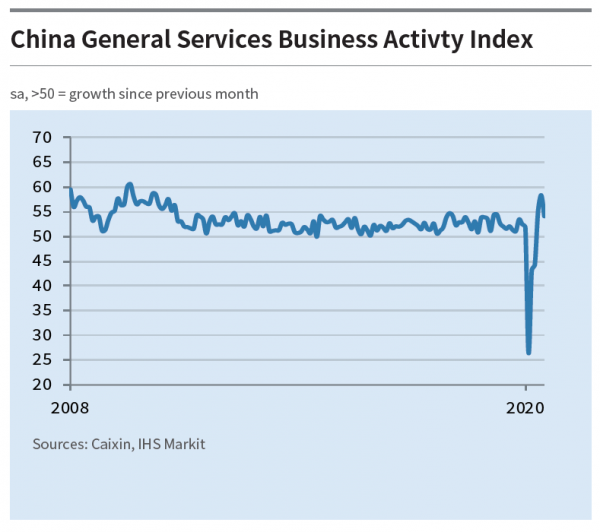
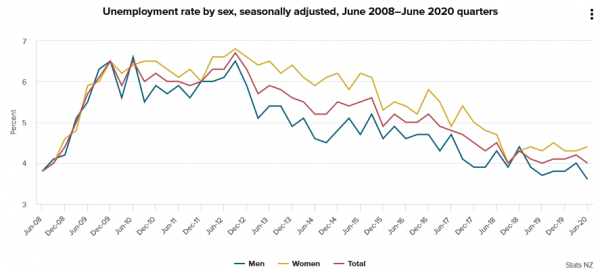
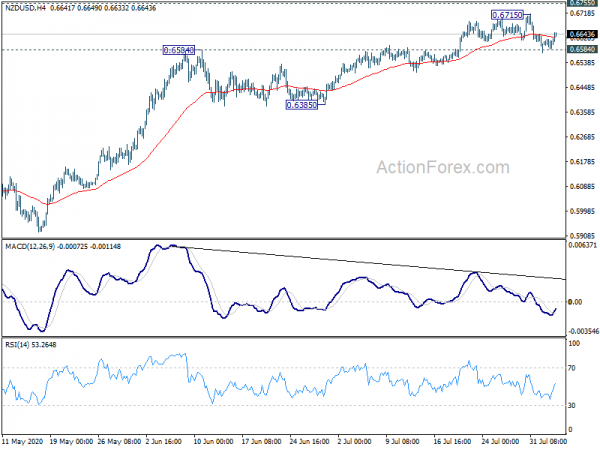
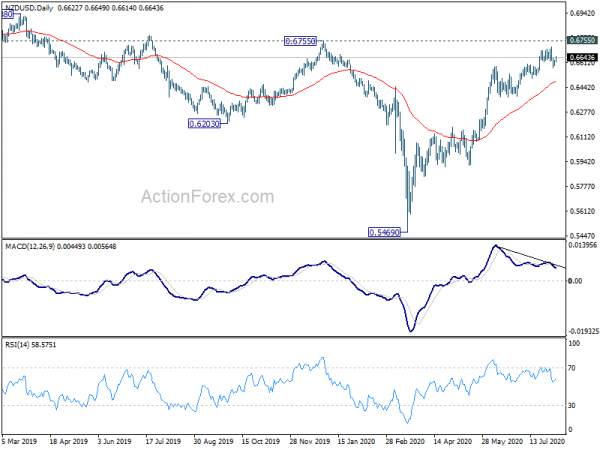
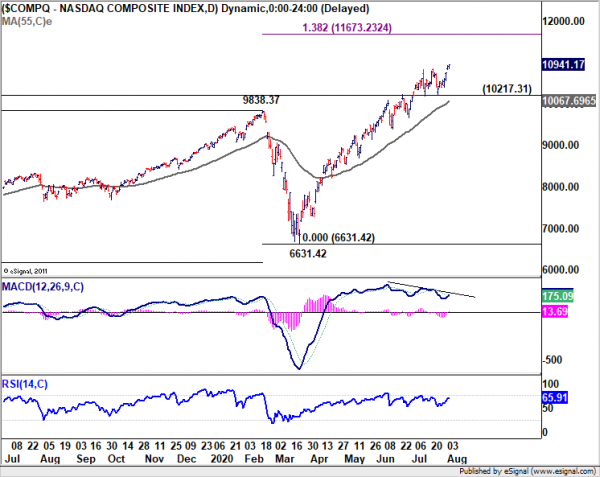
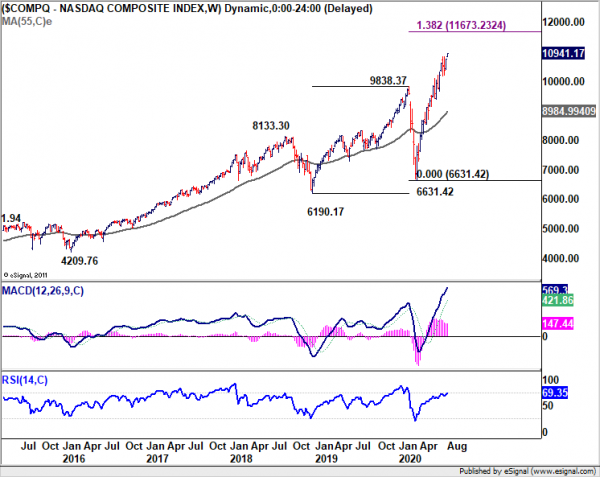
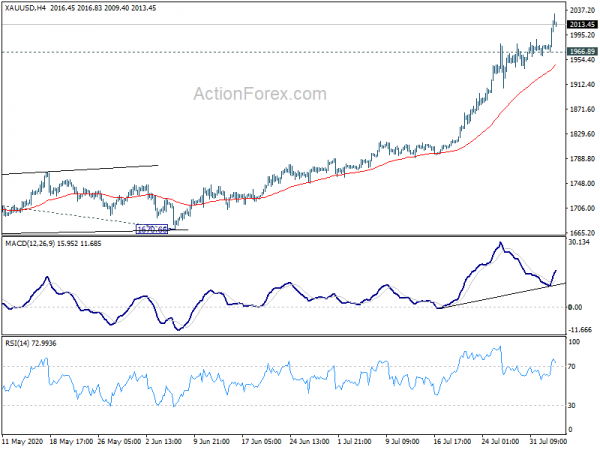
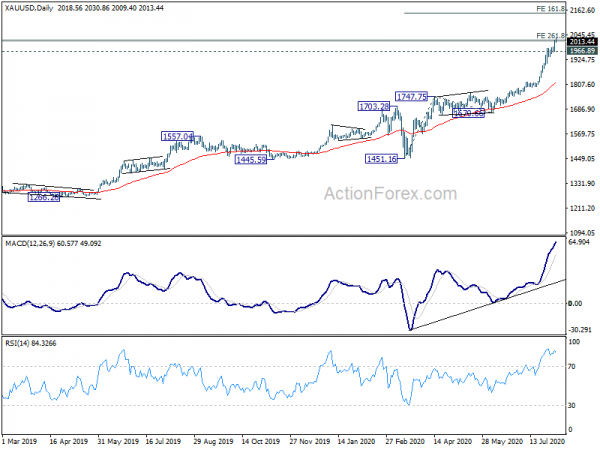
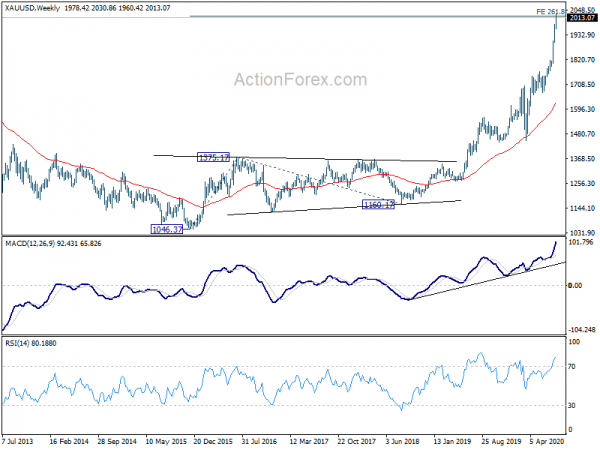
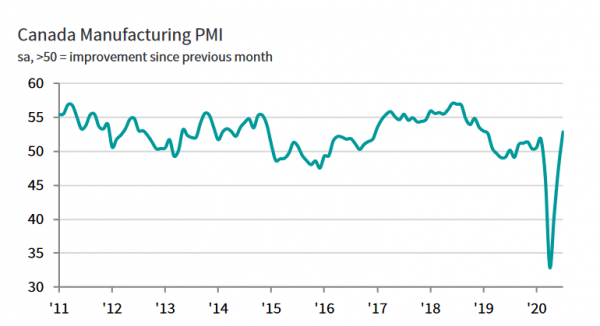
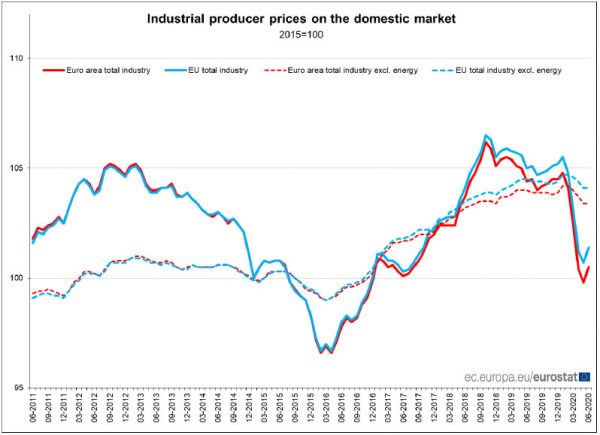
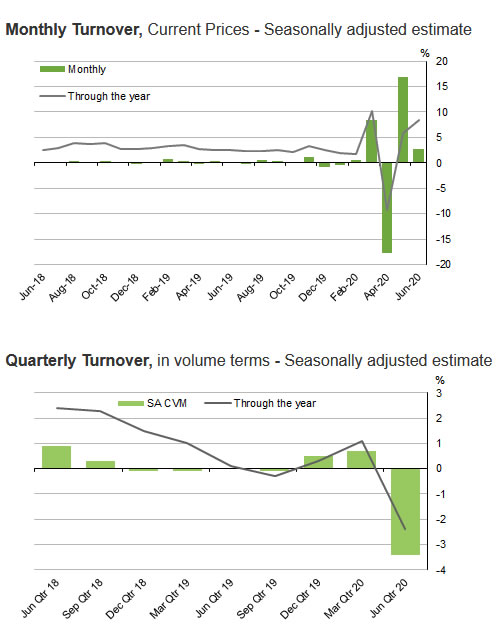
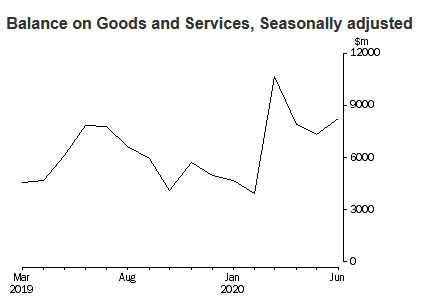
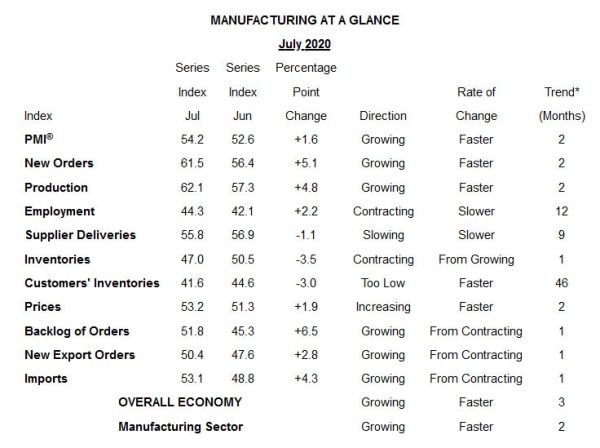
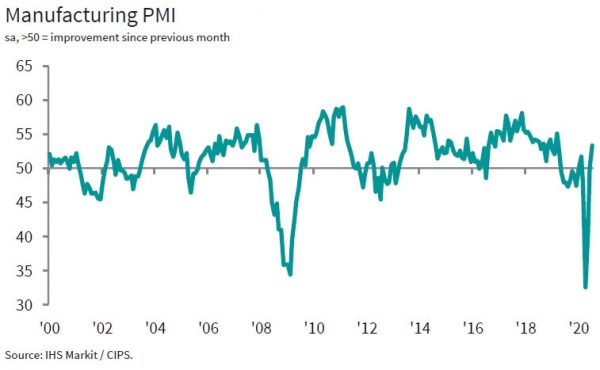


US ADP employment grew only 169k as recovery slowed
ADP report showed only 167k growth in US private employment in July, far below expectation of 1200k. Nevertheless, June’s figure was revised sharply higher from 2369k to 4314k. By company size, small businesses added 63k jobs, medium businesses dropped -25k, large businesses rose 129k. By sector, goods-producing companies added just 1k job. Service-providing companies added 166k jobs.
“The labor market recovery slowed in the month of July,”said Ahu Yildirmaz, vice president and co-head of the ADP Research Institute. “We have seen the slowdown impact businesses across all sizes and sectors.”
Full release here.